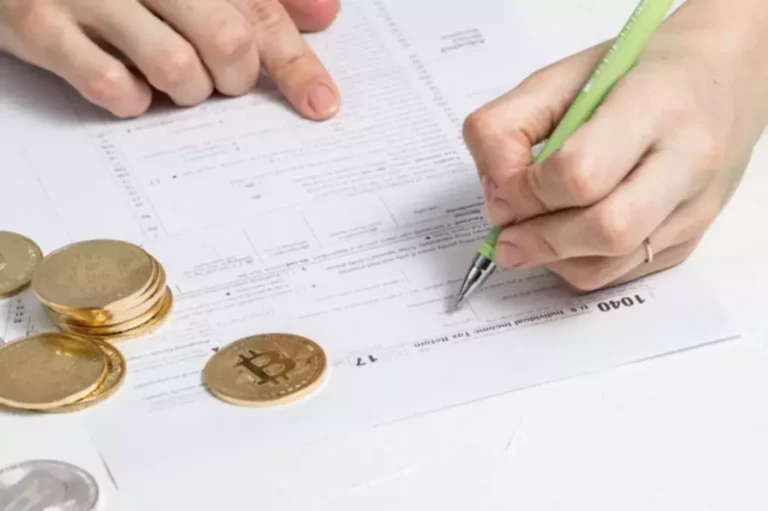Content
The last reason I have no qualms about quitting Ethereum is that the Solana ecosystem of cryptocurrency https://www.xcritical.com/ products and services is generally easier to use in addition to being faster and cheaper. Plus, now that Solana is maturing, there’s a full suite of tools for managing investments, lending, borrowing, minting artwork, analyzing transactions, and more. You can minimize what you pay in Ethereum gas by monitoring the prevailing Ethereum gas price.
Why Do I Have to Pay Gas Fees for a Failed Transaction?
A transaction that only pays the base fee is technically valid but unlikely to be included because it offers no incentive to the validators to choose it over any other transaction. If you’ve ever paid a toll on a highway, then you already know something about Ethereum gas fees. Ethereum gas fees are like paying a “toll” to use the Ethereum blockchain. Highway what are ethereum gas fees tollbooths may be operated by one person, but the Ethereum blockchain involves many decentralized operators. Still, diminishing the gas limit carries the risk of not processing the transaction, so you should be very careful when modifying this parameter yourself.
EIP-1559 and Its Impact on ETH Gas Fees
He holds certifications from Duke University in decentralized finance (DeFi) and blockchain technology. Let’s say we want to make sure Broker our transaction is validated in the next block, so we choose to pay the ‘High’ gas cost 25 GWEI. While it is impossible to avoid paying for gas when using the Ethereum blockchain, there are at least some ways to make them less burdensome.
in Review: Key Stats & Moments that Shaped this Year in Cryptocurrency
Optimistic Rollups batch multiple transactions off-chain, reducing the load on the main Ethereum network. ZK-Rollups, on the other hand, use zero-knowledge proofs (ZKPs) to bundle transactions and verify them off-chain before submitting a summary to the mainnet. Even with fixed base fees, there’s no certainty that the ETH gas fees will be low.
Reasons I (Still) Don’t Regret Selling Ethereum and Buying Solana
If your transaction isn’t time-sensitive and you are willing to be patient, reducing your tip can be an additional way to spend less on gas. Ethereum 2.0 is expected to significantly lower gas fees by increasing the network’s capacity to handle transactions. The enhanced throughput and efficiency from sharding and other upgrades aim to reduce transaction fees to less than $0.001. This reduction makes Ethereum more accessible and affordable for users, promoting broader adoption and usage of the network. Gas is the fee required to successfully conduct a transaction or execute a contract on the Ethereum blockchain platform. Fees are priced in tiny fractions of the cryptocurrency ether (ETH)—denominations called gwei (10-9 ETH).
Your gas fees are the total cost of the actions in your transaction. When you send a transaction or run a , you pay in gas fees to process it. You can explicitly state how much you are willing to pay to get your transaction executed. However, most wallet providers will automatically set a recommended transaction fee (base fee + recommended priority fee) to reduce the amount of complexity burdened onto their users. The protocol achieves an equilibrium block size of 15 million on average through the process of tâtonnement. This means if the block size is greater than the target block size, the protocol will increase the base fee for the following block.
BitPay simplifies the process of buying Ethereum or ERC-20 tokens by showing multiple partner rates in one place. BitPay adds a “Best Offer” flag to help our customers sniff out the best deal presented by our marketplace partners. It’s also important to note it is unlikely we will see extended spikes of full blocks because of the speed at which the base fee increases preceding a full block. Gas refers to the unit that measures the amount of computational effort required to execute specific operations on the Ethereum network.
So, even a seemingly small fee can have a compounding effect on the overall performance of your portfolio. Stock traders who frequently buy and sell shares can lose money on brokerage fees, and crypto traders can be caught by surprise by high gas prices. Here’s a quick guide to Ethereum gas fees, including what they are, how they’re determined, and why they matter for your crypto portfolio. Contracts that run automatically on blockchains are known as smart contracts. The patterns and trends of gas prices can be well understood by consulting historical data.

Transaction fees also help reduce Ethereum smart contract and dApp code inefficiencies that might lower the speed and throughput of the network. Further, with the myriad updates rolled out through various Ethereum upgrades, the process of paying and setting gas fees has become much clearer and simpler. Ethereum is the second largest crypto by market cap after Bitcoin and the leading blockchain platform known for its decentralized applications (dApps) and smart contracts.

The network must be paid for to prevent spam and endless computational loops from engulfing Ethereum transactions. The gas fee is the cost per unit of gas times the quantity of gas required to complete an operation. ETH, the Ethereum network’s native coin, is used to pay gas fees whether or not the transaction is completed.
This might help you decide when to send transactions and how best to use your gas. For example, with Ambire’s Gas Tank, you can prepay for fees by sending your tokens of choice in advance to the relayer, just like you would with a prepaid sim card to a network operator. Then, you can spend your gas on whatever network you need and is supported. This article explains how gas fees are determined, why gas fees can get so high, and how to reduce gas fees when transacting in the Ethereum Virtual Machine (EVM) ecosystem.
- Take the most basic of cryptocurrency tools, wallets, as an example.
- A standard ETH transfer requires a gas limit of 21,000 units of gas.
- Ethereum gas fees exist because operating the Ethereum network uses resources in the form of computational power.
- Congestion builds in the mempool as more people try to mint the NFT, causing base fees to rise due to blocks being more than 50% full.
- By requiring a fee for every computation executed on the network, we prevent bad actors from spamming the network.
- A hard-limit on the amount of computation that can be done at any one time prevents Ethereum from being overwhelmed, helping to ensure the network is always accessible.
- Ethereum gas fees can continuously spike for days when network demand exceeds the bandwidth capacity of Ethereum.
Ethereum gas fees tend to be higher than transaction fees incurred on other blockchains due to the complexity of the network. However, this complexity also makes Ethereum more versatile for a wider range of uses. This versatility, coupled with Ethereum’s history as a major player with “blue-chip” value in the crypto world, make the potentially higher gas fees worth it to many users. If there’s too much demand, users must offer higher tip amounts to try and outbid other users’ transactions.
First, you can choose times when the network is not so busy, a challenging endeavor but not impossible. EtherScan provides a gas tracker that shows the day’s high, low, and average gas fees, so you can try to time your necessary transactions using its tracker or another like it. The website also provides a Chrome extension you can install to the browser that lets you see gas prices in real time. Let’s say you want to send 1 ETH to a friend on the Ethereum network.
